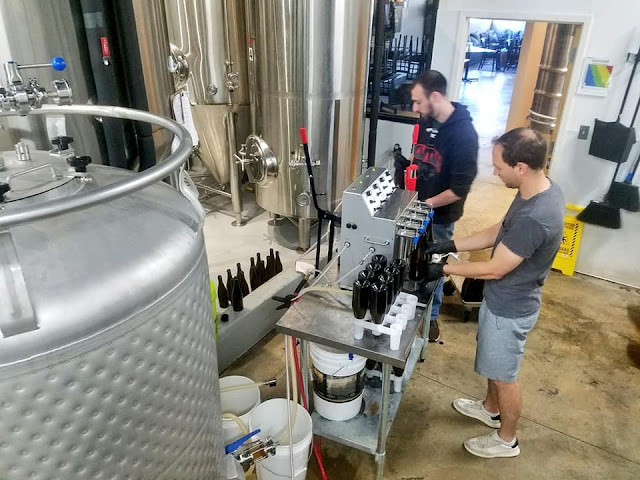Sydney Brewery’s Pilsner wins best in show at Queensland’s top beer awards.
The post The secret to the success of the quiet achievers appeared first on Beer & Brewer.
Sydney Brewery’s Pilsner wins best in show at Queensland’s top beer awards.
The post The secret to the success of the quiet achievers appeared first on Beer & Brewer.
 Dr Charlie Bamforth joins me this week to discuss foam and head retention in beer. Subscribe on iTunes to Audio version or Video version or Spotify or Google Play Download the MP3 File– Right Click and Save As to download this mp3 file. Your browser does not support the audio element. Topics in This Week’s […]
Dr Charlie Bamforth joins me this week to discuss foam and head retention in beer. Subscribe on iTunes to Audio version or Video version or Spotify or Google Play Download the MP3 File– Right Click and Save As to download this mp3 file. Your browser does not support the audio element. Topics in This Week’s […] The holidays are an opportunity to combine your favorite beer styles with your favorite foods. Here is some simple holiday beer pairing advice.
The post Simple Holiday Beer and Food Pairings appeared first on CraftBeer.com.
 John Blichmann joins me this week to discuss ways to simplify your brew day with “common sense brewing”, beer brewing and intelligent use of your equipment. Subscribe on iTunes to Audio version or Video version or Spotify or Google Play Download the MP3 File– Right Click and Save As to download this mp3 file. Your […]
John Blichmann joins me this week to discuss ways to simplify your brew day with “common sense brewing”, beer brewing and intelligent use of your equipment. Subscribe on iTunes to Audio version or Video version or Spotify or Google Play Download the MP3 File– Right Click and Save As to download this mp3 file. Your […]  This week Marshall Schott joins me to discuss how many “short and shoddy” shortcuts you can take when brewing beer and still produce good beer. Subscribe on iTunes to Audio version or Video version or Spotify or Google Play Download the MP3 File– Right Click and Save As to download this mp3 file. Your browser […]
This week Marshall Schott joins me to discuss how many “short and shoddy” shortcuts you can take when brewing beer and still produce good beer. Subscribe on iTunes to Audio version or Video version or Spotify or Google Play Download the MP3 File– Right Click and Save As to download this mp3 file. Your browser […] 
Calcium | Chloride | Sulfate | Sodium | Magnesium | Carbonate |
150 | 150 | 150 | 15 | 10 | 90 |

Calcium | Chloride | Sulfate | Sodium | Magnesium | Carbonate |
140 | 170 | 100 | 15 | 10 | 90 |